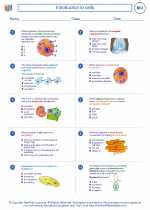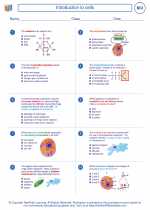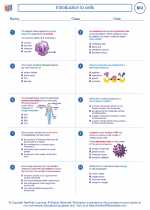Photography
Photography is the art, application, and practice of creating durable images by recording light, either electronically by means of an image sensor, or chemically by means of a light-sensitive material such as photographic film. It is a visual art form that has the power to capture moments, tell stories, and evoke emotions.
History of Photography
The history of photography dates back to the early 19th century, with the invention of the camera obscura and the first permanent photograph by Joseph Nicéphore Niépce in 1826. Since then, photography has undergone numerous technological advancements, leading to the development of various types of cameras, lenses, and photographic techniques.
Basic Concepts in Photography
- Camera: The device used to capture and record images. There are various types of cameras, including digital cameras, film cameras, and smartphone cameras.
- Light: The fundamental element in photography. Understanding how light behaves and how to manipulate it is essential for creating compelling photographs.
- Composition: The arrangement of visual elements within the frame of a photograph, including the positioning of subjects, use of lines, shapes, and balance.
- Exposure: The amount of light that reaches the camera sensor or film. It is controlled by adjusting the aperture, shutter speed, and ISO settings.
- Focusing: The process of adjusting the lens to make the subject appear sharp and clear in the photograph.
Types of Photography
Photography encompasses a wide range of genres and styles, including:
- Portrait Photography: Focuses on capturing the personality and emotions of individuals or groups.
- Landscape Photography: Involves capturing scenic views of natural environments.
- Street Photography: Captures everyday life, people, and public spaces in urban environments.
- Wildlife Photography: Involves capturing images of animals and their natural habitats.
- Macro Photography: Focuses on capturing extreme close-up images of small subjects.
Studying Photography
Studying photography involves learning both the technical and artistic aspects of the craft. Here are some key areas to focus on when studying photography:
- Understanding Camera Settings: Learn how to use aperture, shutter speed, ISO, and white balance settings to control exposure and achieve desired effects.
- Composition Techniques: Study the rule of thirds, leading lines, framing, and other composition principles to create visually appealing photographs.
- Lighting and Exposure: Gain knowledge of different lighting conditions and how to manipulate light for creative effects.
- Post-Processing: Learn how to edit and enhance photographs using software such as Adobe Photoshop or Lightroom.
- Exploring Different Genres: Experiment with various types of photography to find your areas of interest and develop a unique style.
By immersing yourself in the technical and artistic aspects of photography and practicing regularly, you can develop your skills and create impactful visual stories through your photographs.
.◂Biology Worksheets and Study Guides High School. Introduction to cells

 Worksheet/Answer key
Worksheet/Answer key
 Worksheet/Answer key
Worksheet/Answer key
 Vocabulary/Answer key
Vocabulary/Answer key
 Vocabulary/Answer key
Vocabulary/Answer key
 Vocabulary/Answer key
Vocabulary/Answer key
 Vocabulary/Answer key
Vocabulary/Answer key
